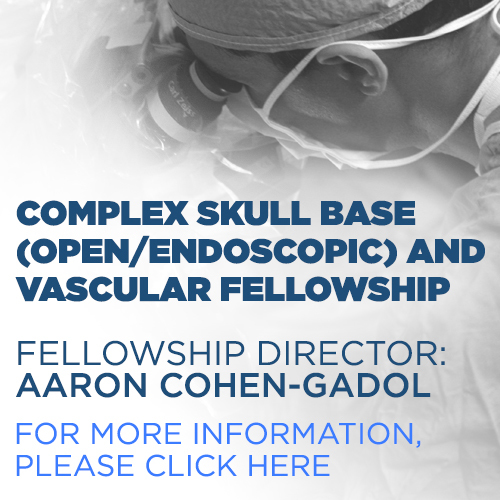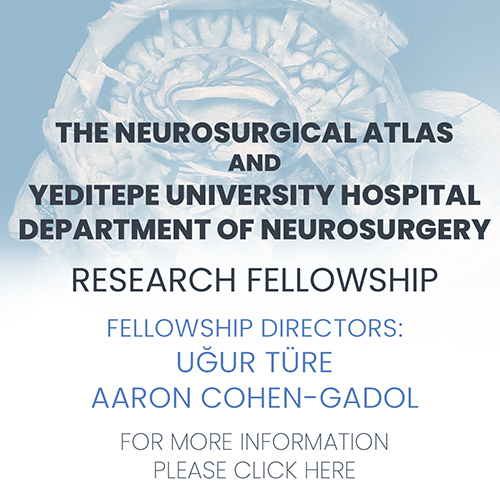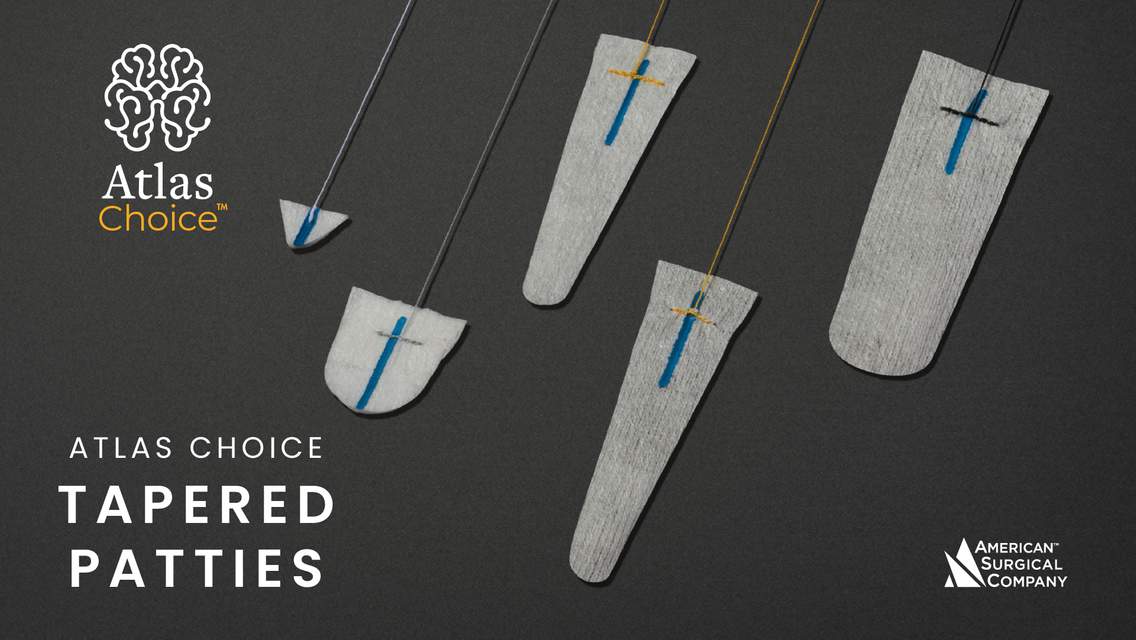Vascular Free
| Activity |
Scores (0, 5, 10, 15) |
||||
| Feeding |
0 = Unable |
5 = Needs help cutting, spreading butter, etc., or required modified diet |
- | - | |
| Bathing | 0 = Dependent | 5 = Independent (or in shower) | - | - | |
| Grooming | 0 = Needs help with personal care | 5 = Independent face/hair/teeth/shaving (implements provided) | - | - | |
| Dressing | 0 = Dependent | 5 = Needs help but can do about half unaided | 10 = Independent (including buttons, zips, laces, etc.) | - | |
| Bowels | 0 = Incontinent (or needs enemas) | 5 = Occasional accident | 10 = Continent | - | |
| Bladder | 0 = Incontinent, or catheterized and unable to manage alone | 5 = Occasional accident | 10 = Continent | - | |
|
Toilet Use |
0 = Dependent | 5 = Needs some help, but can do something alone | 10 = Independent (on and off, dressing, wiping) | - | |
| Stairs | 0 = Unable | 5 = Needs help (verbal, physical, carrying aid) | 10 = Independent | - | |
|
Transfers (bed to chair and back) |
0 = Unable, no sitting balance | 5 = Major help (one or two people, physical), can sit | 10 = Minor help (verbal or physical) | 15 = Independent | |
|
Mobility (on level surface) |
0 = Immobile or <50 yards | 5 = Wheelchair independent, including corners, >50 yards | 10 = Walks with help of one person (verbal or physical) >50 yards | 15 = Independent (but may use any aid) >50 yards | |
| Group 1 | No blood detected |
| Group 2 | Diffuse or vertical layers <1mm thick without clots |
| Group 3 | Localized clots and/or vertical layers >1mm thick |
| Group 4 | Intracerebral or intraventricular clot (with or without SAH) |
| Group 1 | Focal or diffuse thin SAH, no IVH |
| Group 2 | Focal or diffuse thin SAH, with IVH |
| Group 3 | Thick SAH, no IVH |
| Group 4 | Thick SAH, with IVH |
| Grade 1 | Asymptomatic, minimal headache, slight nuchal rigidity |
| Grade 2 | Moderate to severe headache, nuchal rigidity, no neurologic deficit except cranial nerve palsy |
| Grade 3 | Drowsiness, minimal neurologic deficit |
| Grade 4 | Stupor, moderate-severe hemiparesis, possible early decerebrate rigidity, vegetative disturbances |
| Grade 5 | Coma, decerebrate rigidity |
| 0 | +1 | +2 | |
| GCS | 13-15 | 5-12 | 3-4 |
| Age | <80 years | >=80 years | - |
| ICH Volume | <30cm3 | >=30cm3 | - |
| Intraventricular hemorrhage | No | Yes | - |
| Infratentorial origin of ICH | No | Yes | - |
|
ICH Score 0 = no mortality ICH Score 1 = 13% ICH Score 2 = 26% ICH Score 3 = 72% ICH Score 4 = 97% ICH Score 5 = 100% ICH Score 6 = 100% |
|||
| 0 | 1 | 2 | 3 | |
| Right & Left Lateral Ventricle | No blood | <1/3 full | 1/3 to 2/3 full | >2/3 full |
| 3rd & 4th Ventricle | No blood | Any blood | - | - |
| Hydrocephalus | No | Yes | - | - |
| Calculation | IVH score = 3 x (RLV + LLV + Hydrocephalus) + III + IV | |||
| Score | Description |
| 0 | No symptoms |
| 1 | No significant disability – has symptoms, able to carry out usual activities |
| 2 | Slight disability – unable to carry out all previous activities |
| 3 | Moderate disability – requires help, able to walk without assistance |
| 4 | Moderately severe disability – unable to walk or attend to bodies needs without assistance |
| 5 | Severe disability – bedridden, incontinent, needs constant nursing care |
| 6 | Dead |
| 1. Level of Consciousness | ||||
| 1A (LOC) | ||||
|
0 = Alert, keenly responsive |
1 = Not alert, arouses to minor stimulation | 2 = Not alert, requires repeated stimulation to arouse | 3 = Response with only reflexes or totally unresponsive | - |
| 1B (LOC Questions - request current month and age) | ||||
| 0 = Answers both questions right | 1 = Answers one question correct, or dysarthric/intubated | 2 = Answers neither question correctly, or aphasic | - | - |
| 1C (LOC Commands - blink eyes & squeeze hands) | ||||
| 0 = Performs both tasks correctly | 1 = Performs one task correctly | 2 = Performs neither task correctly | - | - |
| 2. Best Gaze (Test horizontal eye movements) | ||||
| 0 = Normal | 1 = Partial gaze palsy | 2 = Forced deviation | - | - |
| 3. Visual (Visual fields tested by confrontation) | ||||
| 0 = No visual loss | 1 = Partial hemianopia | 2 = Complete hemianopia | 3 = Bilateral hemianopia (including cortical blindness) | - |
| 4. Facial Palsy (Show teeth, raise eyebrows, close eyes) | ||||
| 0 = Normal | 1 = Minor paralysis (flattened nasolabial folds, asymmetry on smile) | 2 = Some effort against gravity, cannot maintain 90o (or 45o), drifts down to bed | ||
|
5. Motor Arm (Extend the arms (palms down) 90o (if sitting) or 45o (if supine)) 5A = Left Arm; 5B = Right Arm UN = Amputation or joint fusion, explain why untestable |
||||
| 0 = No drift, held for full 10 seconds | 1 = Drift down before 10 seconds, but not hitting bed or support | 2 = Some effort against gravity, cannot maintain 90o (or 45o), drifts down to bed | 3 = No effort against gravity, limb falls | 4 = No movement |
|
6. Motor Leg (Hold leg at 30 o while supine) 6A = Left Leg; 6B = Left Leg UN = Amputation or joint fusion, explain why untestable |
||||
| 0 = No drift, held for full 5 seconds | 1 = Drift down before 5 seconds, but not hitting bed | 2 = Some effort against gravity, but leg falls to bed by 5 seconds | 3 = No effort against gravity, leg falls | 4 = No movement |
|
7. Limb Ataxia (Bilateral finger-nose-finger, heel-shin tests) UN = Amputation or joint fusion, explain why untestable |
||||
| 0 = Absent | 1 = Present in one limb | 2 = Present in two limbs | - | - |
| 8. Sensory (Sensation or grimace to pinprick when tested or withdraw from noxious stimuli in obtunded or aphasic patient) | ||||
| 0 = Normal, no sensory loss | 1 = Mild-to-moderate sensory loss, less sharp or is dull in affected side, or loss of superficial pain but aware of touch) | 2 = Severe or total sensory loss, not aware of being touched in face, arm, and leg | - | - |
| 9. Best Language | ||||
| 0 = No aphasia, normal | 1 = Mild-to-moderate aphasia, obvious loss of fluency or comprehension, without limitation on ideas expressed or form of expression. Reduced speech and/or comprehension however makes conversation about materials difficult | 2 = Severe aphasia, all communication is fragmentary expression, great need for inference, questioning, and guessing by listener. Examiner carries conversation. | 3 = Mute, global aphasia, no usable speech or auditory comprehension | - |
|
10. Dysarthria UN = Intubated or physical barrier |
||||
| 0 = Normal | 1 = Mild-to-moderate dysarthria, slurs at least some words but at worst continues to be understood | 2 = Severe dysarthria, such slurring of speech that it is unintelligible in the absence of or out of proportion to any dysphasia, or is mute/anarthric | - | - |
| 11. Extinction and Inattention | ||||
| 0 = No abnormality | 1 = Visual, tactile, auditory, spatial, or personal inattention, or extinction to bilateral simultaneous stimulation in one of the sensory modalities | 2 = Profound hemi-inattention or extinction to more than one modality; does not recognize own hand or orients to only one side of space | - | - |
| AVM Score | <=1.00 | 1.01 – 1.50 | 1.51 – 2.00 | >2.00 |
| Chance (%) of excellent outcome (95% CI) |
89 (79-94) |
70 (59-79) | 64 (51-75) | 46 (33-60) |
| Chance (%) of modified Rankin Scale decline (95% CI) | 0 (0-8) | 13 (7-22) | 20 (12-32) | 36 (24-50) |
|
AVM Score = (0.1)(volume, cc) + (0.02)(age, years) + (0.5)(location, see below) Frontal, temporal, parietal, occipital, intraventricular, corpus callosum, cerebellar = 0 Basal ganglia, thalamus, brainstem = 1 |
||||
| 0 | 1 | 2 | 3 | |
| Size of Nidus | - | Small (<3cm) | Medium (3-6cm) | Large (>6cm) |
| Eloquence of Adjacent Brain | Non-eloquent | Eloquent | - | - |
|
||||
| Venous Drainage | Superficial only | Deep | - | - |
|
Summation of scores (range 1-5) = Grade (falls into 1 of 6 grades) Note: Grade 6 = inoperable |
||||
| Class | Spetzler-Martin Grade | Management | Negative outcome rate (%) (95% CI) |
| A | 1, 2 | Microsurgical resection | 8 (6-10) |
| B | 3 | Multimodality treatment | 18 (15-22) |
| C | 4, 5 | No treatment except recurrent hemorrhages, progressive neurologic deficits, steal-related symptoms, and AVM-related aneurysms | 32 (27-38) |
| Time (Hours from symptom onset) | IV tPA |
IA tPA (Consider after IV tPA failure) |
Mechanical Embolectomy (Consider after IV tPA failure) |
|
| 1 | ✓ | ✓ | ✓ | |
| 2 | ✓ | ✓ | ✓ | |
| 3 | ✓ | ✓ | ✓ | |
| 4 | ✓ | ✓ | ✓ | |
| 5 | Up to 4.5hr | ✓ | ✓ | |
| 6 | - | ✓ | ✓ | Verify perfusion prior to procedure |
| 7 | - | - | ✓ | |
| 8 | - | - | ✓ | |
| >9 | - | - | - | |
| Grade | GCS | Focal Motor Deficit |
| 1 | 15 | - |
| 2 | 14 – 13 | - |
| 3 | 14 – 13 | + |
| 4 | 12 – 7 | +/- |
| 5 | 6 – 3 | +/- |
Please login to post a comment.












